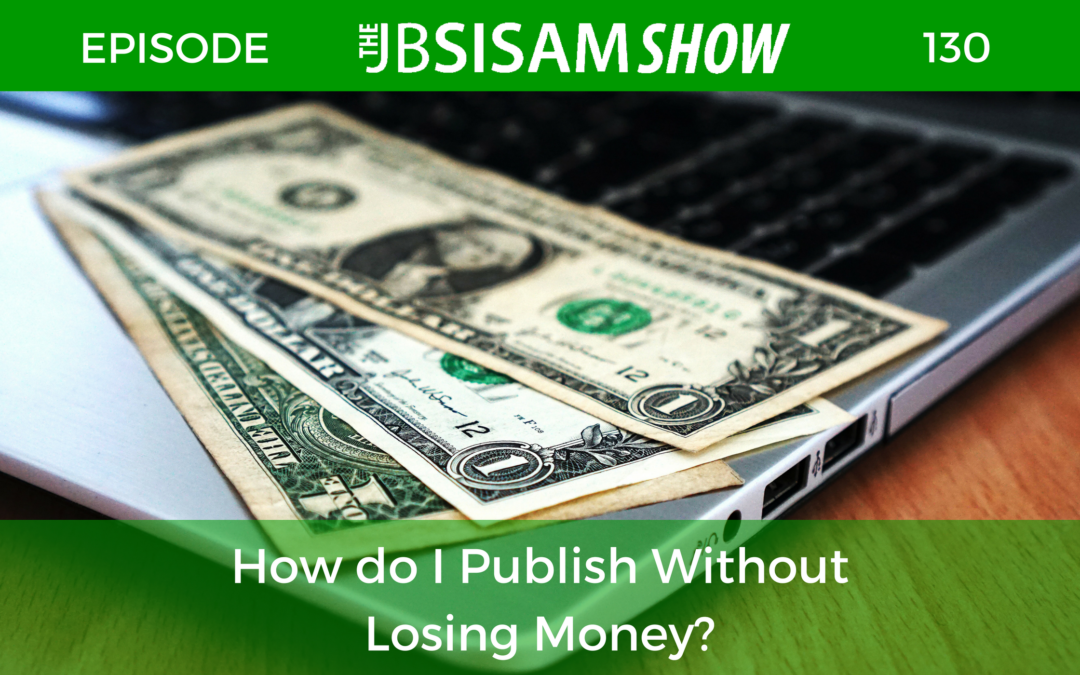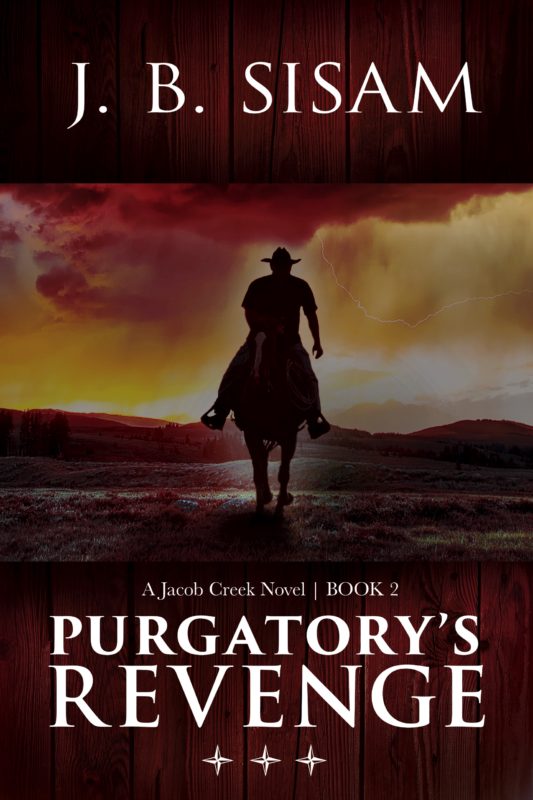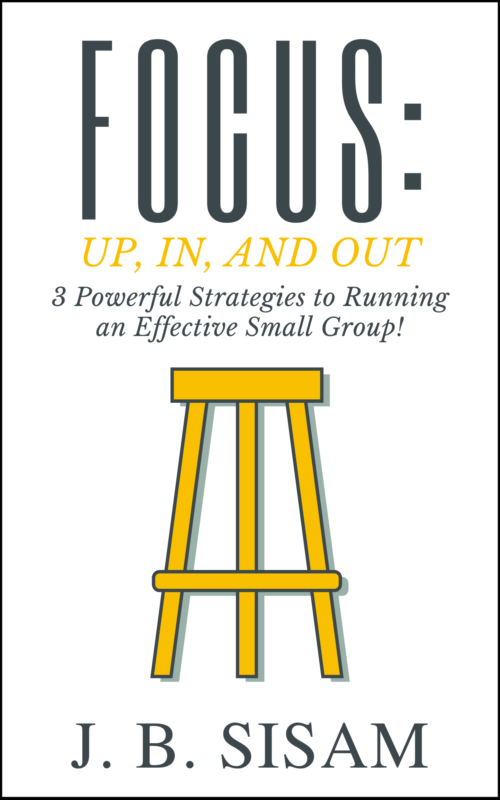Most writers dream of holding a freshly printed book in their hands. The one thing that scares them, spending the money to get to that point.
In today’s episode, we’re talking about investing finances into publishing your book. Your book is finally written and after shoving paper into the printer you hit print and now you hold 300 pages of your manuscript.
Now what?
Every time I finish a new manuscript, I print it out, and I begin my editing phase. Once the editing phase is done that’s when it’s time to start spending money. But many authors don’t have the cash or don’t want to spend the cash on producing the best possible manuscript.
I get it, nobody likes to spend money to produce a book. The average publisher spends nearly $20,000 per book. The cost is a combination of editing, typesetting, cover design, marketing, and printing. It takes a lot of money to produce a marketable book.
The average self-published author spends as little money as possible on publishing their book. What most authors haven’t been told is, self-publishing is an investment in your hard work. You have to spend money to make money and there are even tax advantages for investing in your book.
Not everyone can spend a lot of money on their books. I get it, I feel the same way. I want to walk you through several options that can help alleviate some cost but give you a quality self-published book.
1. Self-edit your book by using Grammarly.
Everyone would agree it’s a bad idea to put a first draft book out into the marketplace. If you look at Amazon, you’ll find a majority of self-publish Kindle eBooks are just that, first draft manuscripts. But if you want to rise above the crowd, you need to edit, edit, edit.
One of the best ways to edit your manuscript is to print it out and go line by line through your manuscript; cutting, changing, and tightening your work. The second best thing you can do for your manuscript is to run it through Grammarly and check for common grammatical mistakes.
This one program we’ll save you a lot of embarrassment. It will point out complex compound sentences, help you fix bad punctuation, and help you get rid of those pesky adverbs and adjectives.
I recommend running your manuscript through Grammarly after every draft you write of your book. That way, before you hand it off to an editor, you’re giving them as clean of a manuscript as possible.
2. Give your manuscript to trusted grammarian friends.
It can be scary handing off your manuscript to somebody you don’t know, I’ve been there and done that. One thing I highly recommend is handing a manuscript to a friend who’s good at English. My recommendation, somebody you know who has a degree in English.
There are two people I use whom I trust to give me positive feedback. It doesn’t mean I use all suggestions, but when it comes to grammar, I use the suggestions. Having fresh eyes to take a look at your book will give you the confidence to know that somebody else is going to take just as good care of your work as you did writing it.
I would offer to pay them an agreed-upon fee, that way they’re not doing it for free. The take the time and allow a grammarian to go through your manuscript to help you tighten up your prose and make the best possible book.
3. Use beta readers to give you positive feedback on your book.
One of the best things you can do is have other people read your book. Ask three or four trusted friends or family members to read your book. When they agree to email them a PDF and ask them the following questions:
- Does the book make sense from beginning to end?
- What parts of the book don’t make any sense?
- If you could change one thing about this book, what would it be?
These are scary questions to ask, they’re going to give viable feedback to help you write a better book. Doing this one step will help you avoid a developmental edit.
4. Pay money to have your book cover designed.
There are a plethora of self-published books where authors have tried designing covers themselves, the majority are awful, and I would never recommend you try one yourself. I recommend spending a little bit of money on a high-quality cover that will stand out from the crowd.
There are several options for self-publishers the design their book covers.
- Use a graphic design firm that specializes in cover design. Yes, you can spend nearly $1,000 on a book cover, but it will be worth its weight in gold.
- Use a crowdsourcing site to design your cover. I recommend using 99designs.com.
- Use fiverr.com you may spend $20 to $40 to get something you want, but it is being designed free low cost and it’ll still look good.
- Buy pre-designed book covers. One of the most prolific self-published authors out there, Derek Murphy, has a great resource for authors. Createindiecovers.com. this website will teach you everything you need to know about creating a book design that will stand out from the crowd.
5. Use the following resources to typeset your book.
Nothing is worse than opening up a Kindle book and finding the typesetting is off. The margins aren’t set correctly, the spacing is wrong, and it just looks bad.
Thankfully, there are several great resources for producing a high-quality interior for your book. Whether you’re using just ebooks or combining with print, there are options available to help you typeset.
If you know how to use Microsoft Word, you can use Press Books. This system is based on WordPress but it’s designed for book typesetting. It’s free to use unless you want to export your book. They charge a nominal fee of $100 per book.
One of the greatest resources in recent time to crop up for authors is Reedsy. Not only do they have a fantastic blog but they have a plethora of resources to have authors edit and publish their books.
You can hire professional editors, typesetters, and book cover designers. But the one thing that I find very useful is there free interior design software.
This free software allows you to set up your chapters, insert images, and professionally typeset your book upon export. You can create a PDF for Createspace or IngramSpark. You can also export to e-books.
I used them to typeset one of my books and I couldn’t have been happier with the outcome. Give it a try, it’s free to use, and if you’re on a tight budget this may be the answer you’re looking for.
The gold standard for independent authors is to use a piece of software called Vellum. Well, this software is not free, once you buy it it’s yours for life. You will have an initial cost of $250, after that it’s yours to use as long as you would like.
This piece of software is incredibly robust, versatile, and creates beautiful layouts for both print and e-book. Everyone from Joanna Penn to Mark Dawson uses Vellum to produce all of their books. And if the sales and success they have experienced are any indications of the quality of this software, I wouldn’t hesitate to buy.
No matter what you do get your book published, it is going to cost you something. You don’t have to spend $20,000 to publish your book. You don’t even have to spend $2,000 how to publish your book.
If you utilize the people you know, the list I gave you, and invest a little bit of money, you can produce a book and you can be proud to put your name on.


 Jason (J.B.) Sisam. Best-selling Amazon author of the Christian Early Reader book,
Jason (J.B.) Sisam. Best-selling Amazon author of the Christian Early Reader book, 







LEAVE A COMMENT HERE:
Please note: I reserve the right to delete comments that are offensive or off-topic. Also, this is a clean website, use of any language is not tolerated and your post will be deleted.